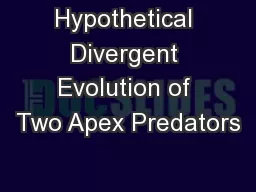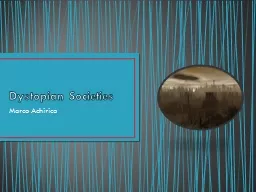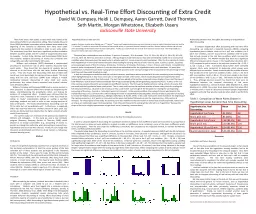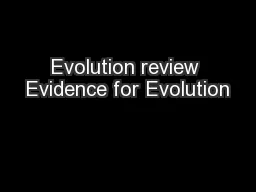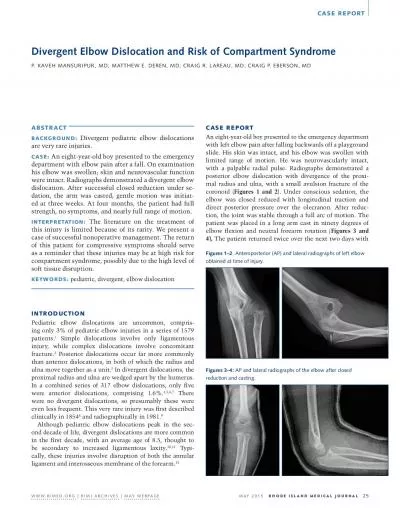PPT-Hypothetical Divergent Evolution of Two Apex Predators
Author : stefany-barnette | Published Date : 2018-10-13
from the Hell Creek Formation Nanotyrannus lancensis and Tyrannosaurus rex Michael Deak amp Scott McKenzie Mercyhurst University Geology Department Tim Evanson
Presentation Embed Code
Download Presentation
Download Presentation The PPT/PDF document "Hypothetical Divergent Evolution of Two ..." is the property of its rightful owner. Permission is granted to download and print the materials on this website for personal, non-commercial use only, and to display it on your personal computer provided you do not modify the materials and that you retain all copyright notices contained in the materials. By downloading content from our website, you accept the terms of this agreement.
Hypothetical Divergent Evolution of Two Apex Predators: Transcript
Download Rules Of Document
"Hypothetical Divergent Evolution of Two Apex Predators"The content belongs to its owner. You may download and print it for personal use, without modification, and keep all copyright notices. By downloading, you agree to these terms.
Related Documents

